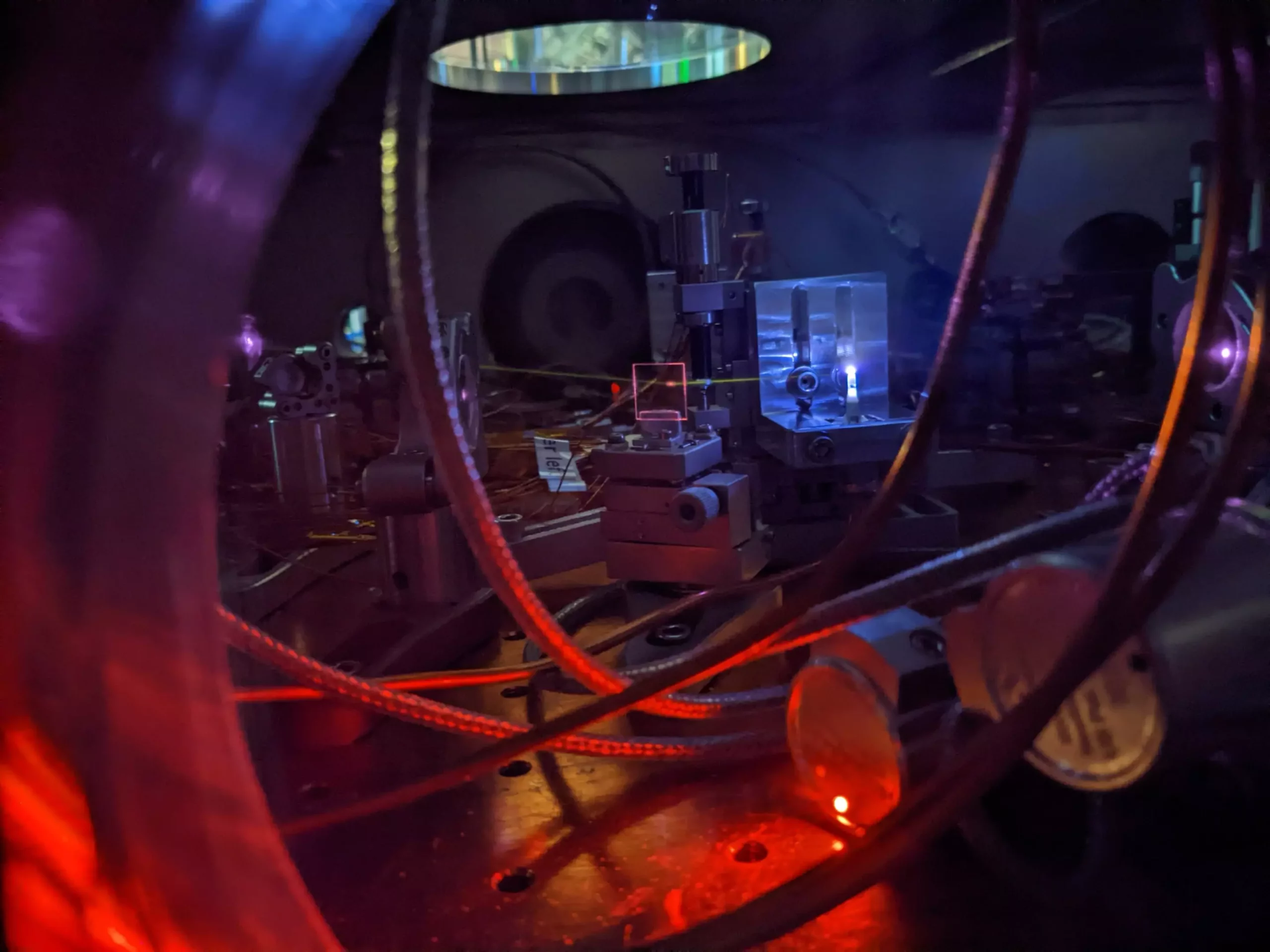For centuries, humans have been fascinated by the measurement of time, developing increasingly sophisticated methods to keep track of its passage. From sundials to mechanical clocks, and eventually to atomic clocks, our ability to quantify time has improved dramatically. However, as we venture further into an era of advanced technology where precision is paramount, we stand on the brink of another revolutionary leap: the nuclear clock. This emerging technology promises to redefine our understanding of timekeeping and its applications in both everyday life and scientific research.
At the heart of nuclear clock technology are the nuclei of atoms, which are composed of protons and neutrons tightly packed together. Unlike conventional atomic clocks that rely on electron energy transitions—the movement of electrons between defined energy levels—nuclear clocks utilize transitions that occur within an atom’s nucleus. These nuclear energy jumps occur at significantly higher frequencies, which translates to an increase in precision when measuring time.
Recent groundbreaking work by a collaboration led by scientists at JILA (the National Institute of Standards and Technology and the University of Colorado Boulder) has demonstrated the feasibility of a nuclear clock. By employing a specialized ultraviolet laser to accurately track energy transitions in thorium-229 nuclei embedded in a solid crystal, this research lays the groundwork for more advanced timekeeping mechanisms. The implications of these advancements extend far beyond mere curiosity; they could have profound consequences for technologies that rely on precise timing.
One of the most compelling advantages of nuclear clocks lies in their potential to enhance current technologies that depend on exact timekeeping. Present technologies such as GPS, internet synchronization, and financial transactions could see significant improvements in accuracy and reliability. Imagine navigation systems that offer unparalleled precision, rendering GPS almost unnecessary, or communication networks that never falter in performance.
Beyond technological enhancements, the implications for fundamental physics research are even more exciting. Nuclear clocks could provide unique opportunities to test existing theories about the universe, potentially leading to discoveries regarding dark matter or the constancy of physical laws over time. By providing a more stable foundation for experimentation, researchers could pursue advancements in particle physics without relying solely on large-scale particle colliders.
The Challenges Ahead
Despite the exciting prospects of nuclear clocks, significant challenges remain. Creating a fully functional nuclear clock requires overcoming fundamental engineering hurdles. For most atomic nuclei, including thorium-229, achieving the required energy levels for nuclear transitions typically involves demanding technologies, such as coherent X-ray sources, that are currently beyond our reach.
In the latest research, thorium-229 has emerged as a prime candidate due to its comparatively smaller energy jump, enabling the possibility of using ultraviolet light instead. Even so, developing the specialized equipment necessary to produce consistent and reliable measurements will take time, resources, and innovative approaches.
The recent achievements by researchers from JILA and their partners signal that we are moving closer to realizing nuclear clock technology. Although we are not yet at the point of constructing practical and portable nuclear timepieces, the foundational principles required for their development are now being established. This effort has already demonstrated a precision that is one million times greater than previous measurements, marking a significant milestone.
Physicist Jun Ye of NIST and JILA aptly remarked, “Imagine a wristwatch that wouldn’t lose a second even if you left it running for billions of years.” Such a statement illustrates not only the aspirational nature of this research but also the profound implications it could have for our daily lives should these dreams come to fruition.
The journey toward creating a functioning nuclear clock is inherently collaborative, involving expertise from multiple scientific institutions, including the Vienna Center for Quantum Science and Technology and IMRA America, Inc. As this international initiative continues to progress, the hope is that nuclear clocks will eventually bridge the gap between theoretical concepts and practical applications.
The nuclear clock represents a groundbreaking frontier in the realm of timekeeping technology. Its potential to transcend the limitations of current atomic clocks offers exhilarating possibilities not only for everyday applications but also for the understanding of fundamental physics. As researchers push the boundaries of what is conceivable, we may soon find ourselves equipped with timekeeping devices as precise and stable as the universe itself.


Leave a Reply